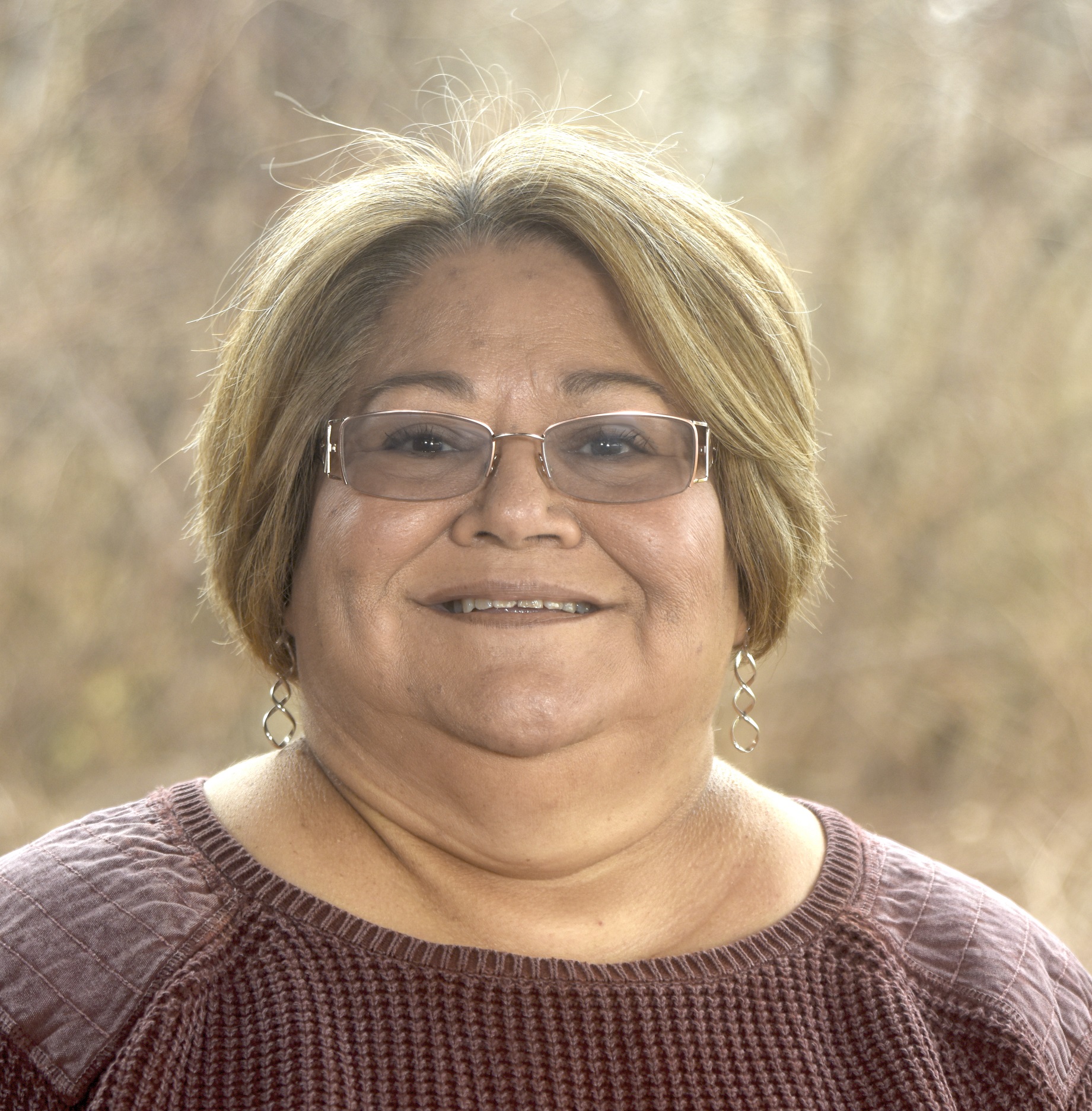 Iris de León-Hartshorn is the director of Transformative Peacemaking for Mennonite Church USA. This is the second in a three-part blog series based on a presentation Iris gave on leadership at Eastern Mennonite Seminary in January 2018.
Iris de León-Hartshorn is the director of Transformative Peacemaking for Mennonite Church USA. This is the second in a three-part blog series based on a presentation Iris gave on leadership at Eastern Mennonite Seminary in January 2018.
As I look back in years in church leadership I have become aware of some bridges I had to cross to be an effective leader.
I want to share four of those bridges and later what I believe leaders need now during this time of great change and dissension within our country and our churches.
For many years we have upheld the idea of experts in their fields, for which I am grateful. But as leaders, we do not have the luxury of being experts in one field. We have to be able to bridge many disciplines together in order to have a really robust and holistic approach to leadership. At times, we need to be good listeners, turn around, assess and analyze a situation in order to help our organizations or teams move forward. Sometimes we need to spend time mentoring new leaders who will come after us. I am not saying we have to do everything. I am a big believer in leadership teams. But leadership is multifaceted, and it requires knowledge of various disciplines, not necessarily experts. We also need to know when we are in over our heads and must turn to experts in fields when we know we need help. Believe it or not, crossing disciplines is one of the things I love. It’s never boring, and you are always learning and (hopefully) becoming more holistic in your approach as a leader.
The second bridge can be a bit more difficult, especially those of us who did not grow up in the Mennonite Church. I call this bridge the intercultural competency bridge. I grew up in Southern California in a very diverse community, but it was not a Mennonite community. When my husband and I joined Houston Mennonite Church, we thought this was what most Mennonite churches were like (more or less) churchwide. When I was invited to work with MCC in Akron and our family moved to Lancaster, boy, did I get a culture shock. Those 11 years working for MCC allowed me to get to know the various parts of the church from Amish and Conservative Mennonites to the Peace and Justice end of the church. I was able to travel the world and meet many people groups in their settings. But those 11 years were also a time MCC was making an effort to include people of color within the U.S. to positions of leadership. I learned that it would be very hard to lead a church you don’t know or understand. This experience broadened my understanding so that when I thought about the church, I thought about the whole church, not just certain segments.
Leadership must be inclusive of its entire constituency and that can be tough at times.
I am also aware that my presence as a woman of color in leadership was a learning experience for the institution itself. At times my relational style of working often rubbed against a more task-driven style. My department worked at it and I think in the end we were a better balanced team. We needed each other.
The third bridge I had to learn to cross was moving toward the unknown, the unexpected and rely on God to guide me. Early on, I would worry about what might be controversial on a board meeting agenda and prepare for it, just in case I had to respond to a question or criticism. Well the truth is, the controversy is never the thing you think it’s going to be. When the unexpected comes up, that is when we take a step forward in faith. These moments keep me humble. I can’t know or predict everything and the reality is that I need to rely on God and not only on my human ability. My human ability will only get me so far. This continues to be a bridge I must cross multiple times. Our culture tells us we are self-sufficient. When you grow up uncertain about yourself, the need to become self-sufficient becomes a goal you believe you have to reach. The problem is there is no such thing.
We are part of the created order and not the Creator. Crossing to the unknown requires that we have faith in God.
The last bridge is the ability to step into the messiness of leadership. There are so many books out there about leadership and some books make leadership look so orderly. In my experience leadership is not orderly all the time. In fact, it can get pretty messy. As human beings, we often forget about our fallen condition and the messes we create. Someone at the Future Church Summit in Orlando last summer wrote “we are a messy church and that’s okay.” I agree with that only if we are willing to stay engaged with each other. We don’t always do the right thing and sometimes make things worse, but as leaders we must be willing to walk into the mess and engage in ways to help us reach the other side. Messiness is a curse word for people like me that can be controlling at times. How in the world do you control a mess? You don’t. You enter into the mess and work to find solutions with others from various experiences and understandings.
The bridges I crossed were connected to areas of growth that strengthened my leadership. Your bridges may be different but the important part is to be aware of those bridges and acknowledge the areas of growth that you need.

